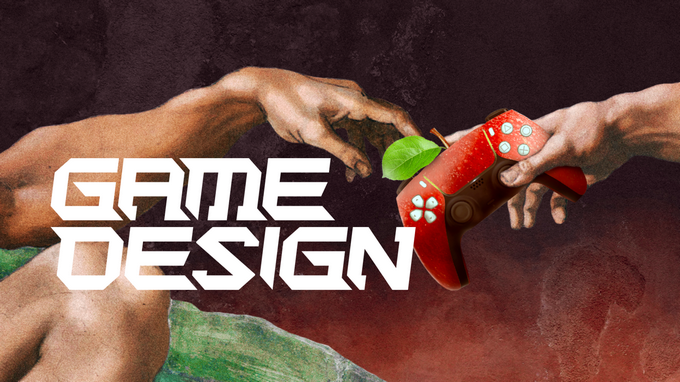
The world of gaming is a vast and diverse landscape, offering players a wide range of experiences and emotions. From the adrenaline-pumping action of first-person shooters to the serene exploration of open-world adventures, games have the power to evoke a wide range of emotions in players. One often-overlooked aspect of game design that can significantly impact the emotional experience of players is texture.
Texture is a key component of game design that can greatly influence the emotional impact of a game. By incorporating different textures into the game environment, developers can create a more immersive and engaging experience that resonates with players on a deeper level. Whether it’s the rough surface of a medieval castle wall or the smooth, glossy finish of a futuristic spaceship, textures play a crucial role in shaping the world of the game and the emotions it evokes in players.

One way in which texture can affect the emotional impact of a game is through its role in creating a sense of immersion. When players are able to see and interact with textures that feel realistic and tangible, they are more likely to become fully engaged in the game world. For example, in a horror game, the use of gritty, grimy textures can heighten the sense of unease and fear, making the player feel as though they are truly in a haunted, decrepit environment. On the other hand, in a whimsical, fantasy game, the use of bright, colorful textures can create a sense of wonder and enchantment, drawing players into a magical, fairy-tale world.
In addition to creating immersion, texture can also play a key role in setting the tone and atmosphere of a game. By carefully selecting and manipulating textures, developers can convey a wide range of emotions, from vps server host joy and excitement to sadness and despair. For example, in a post-apocalyptic game, the use of cracked, weathered textures can communicate a sense of desolation and destruction, reinforcing the bleakness of the world. Conversely, in a lighthearted, cartoonish game, the use of soft, playful textures can convey a sense of whimsy and humor, creating a fun and cheerful atmosphere for players to enjoy.

Furthermore, texture can also be used to enhance storytelling and character development in games. By imbuing objects, environments, and characters with unique textures, developers can add depth and complexity to the game world, making it feel more rich and vibrant. For example, in a narrative-driven game, the use of intricate textures on a character’s clothing or environment can provide subtle clues about their personality, background, and motivations, allowing players to form emotional connections with them on a deeper level.
In the realm of gaming, texture is not just a visual element – it is a powerful tool that can be used to evoke emotions, tell stories, and create immersive, engaging experiences for players. By harnessing the potential of texture in game design, developers can craft unforgettable worlds that resonate with players long after they have put down the controller.
In conclusion, texture plays a crucial role in shaping the emotional impact of games. From creating immersive environments to setting the tone and atmosphere of a game, texture is a versatile and powerful tool that developers can use to craft unforgettable gaming experiences. By paying attention to the textures they incorporate into their games, developers can create worlds that resonate with players on a deep, emotional level, leaving a lasting impression that will keep players coming back for more.
